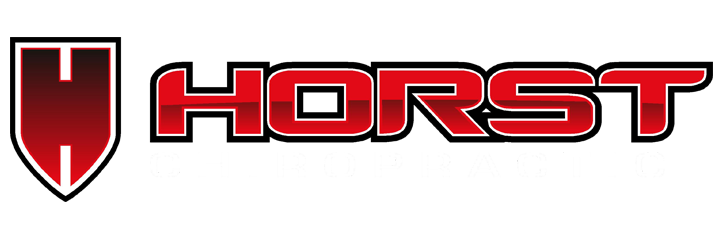Chiropractic Treatment for Hyper or Hypo Kyphosis
Problems with spinal curvature can have a negative impact on your ability to enjoy your daily life. If these spinal alignment problems aren’t addressed, they can get worse with age. That’s why Dr. Nathen Horst encourages patients of all ages to consider chiropractic adjustment to treat upper back and neck pain. Regular adjustments can prevent a whole host of short-term and long-term health problems.
The Horst Chiropractic team here in Temecula, CA would like to consider the role chiropractic care can play in treating hyper and hypo kyphosis. Let’s start with the basics of these conditions and why regular adjustments are so important.
About Hyperkyphosis and Hypokyphosis
Hyperkyphosis and hypokyphosis are both problems with the natural curvature of the thoracic spine. In both conditions, the middle and upper back is not ideally shaped.
- Hyperkyphosis – Hyperkyphosis is an excessive convex curvature of the middle and upper spine. When the upper back becomes too rounded, the shoulders and head are pushed forward. The condition is also known as roundback and Kelso’s hunchback.
- Hypokyphosis – Hypokyphosis, by contrast, is the loss of the natural curvature of the middle and upper back. When the natural curvature of the upper spine is lost, this can place additional stress on the neck, lower back, and hips.
Serious cases of hyperkyphosis and hypokyphosis can lead to rib pain, respiratory problems, digestive problems, and severe discomfort.
Causes of Hyperkyphosis and Hypokyphosis?
There are numerous causes of hyperkyphosis and hypokyphosis. Some of the most common ones include:
- Genetics – Some people may have a family history of abnormal spinal curvature.
- Birth Defects – Issues with spinal development before being born or following childbirth can lead to spinal curvature issues.
- Scheuermann’s Disease – This condition often occurs in teenagers and results in uneven growth and spacing of the vertebrae.
- Vertebral Injuries – Injuries to the vertebrae can lead to changes in the curvature of the spine.
- Disc Degeneration – When the discs between he vertebrae break down with age, this can lead to changes in spinal curvature, and could worsen cases of hyperkyphosis and hypokyphosis.
- Osteoporosis – As the bones lose density later in life, this can contribute to changes in spinal curvature or worsen existing issues with spinal curvature.
Treating Hyperkyphosis and Hypokyphosis
The most common treatments for hyperkyphosis and hypokyphosis involve the use of physical therapy and back braces to help adjust the curvature of the spine. In extreme cases, surgery may be recommended.
The Role of Chiropractic Care
Chiropractic adjustments are common and quite helpful in treating hyperkyphosis and hypokyphosis. By improving the alignment of the vertebrae, chiropractic patients experience reduced pain and discomfort along the thoracic spine. This improved alignment also means less discomfort in other parts of the body, such as the ribs, shoulders, hips, and lower back since weight is now evenly distributed.
Avoiding Surgery and Invasive Procedures
Regular chiropractic adjustments mean regular pain relief and improved spinal alignment for patients who suffer from hyperkyphosis and hypokyphosis. When chiropractic care is combined with other therapies, patients tend to have better overall results with various modes of treatment. That’s why chiropractic care should be an essential part of any treatment plan for spinal curvature problems.
Learn More about Chiropractic Care
For more information about treating spinal conditions and improving overall wellness in the process, contact a skilled chiropractor and pain relief specialist. The team at Horst Chiropractic is here to help.


